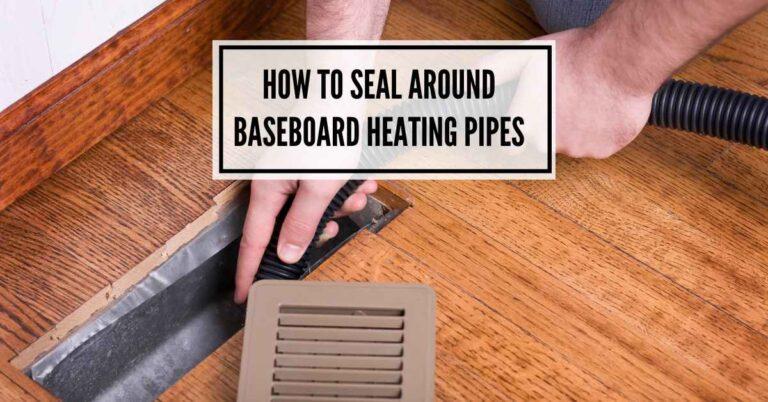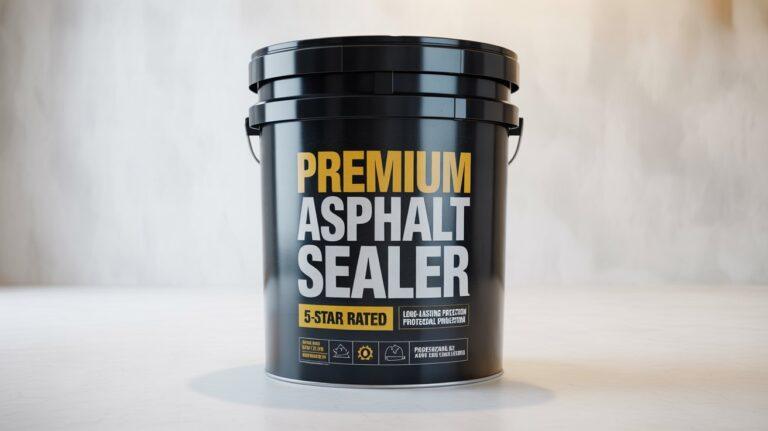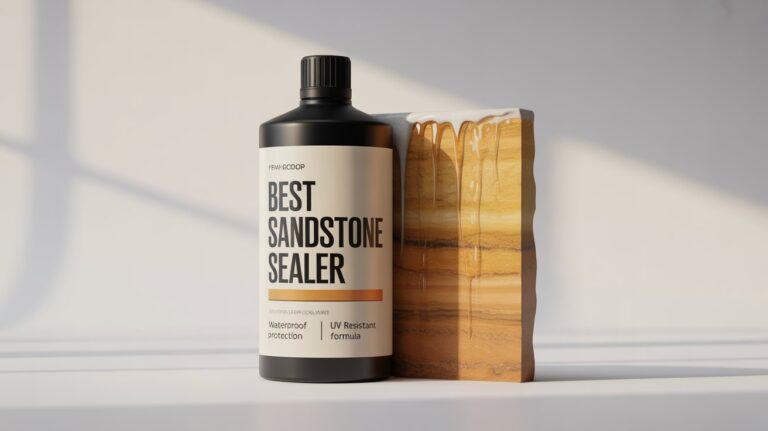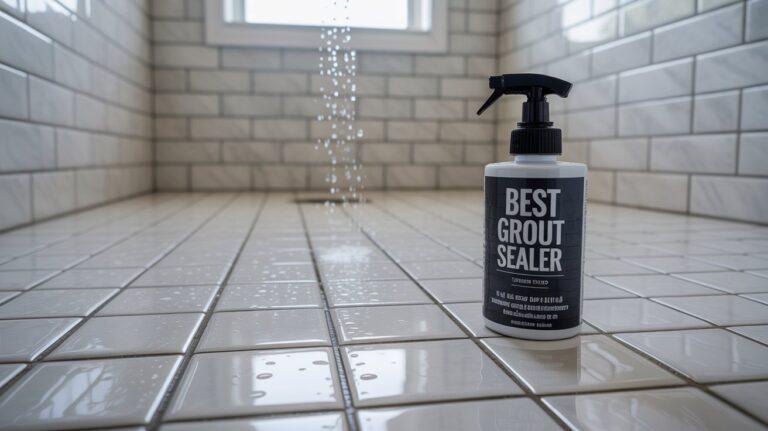How to Seal PVC Pipe to Concrete Septic Tank : 4 Foolproof Steps
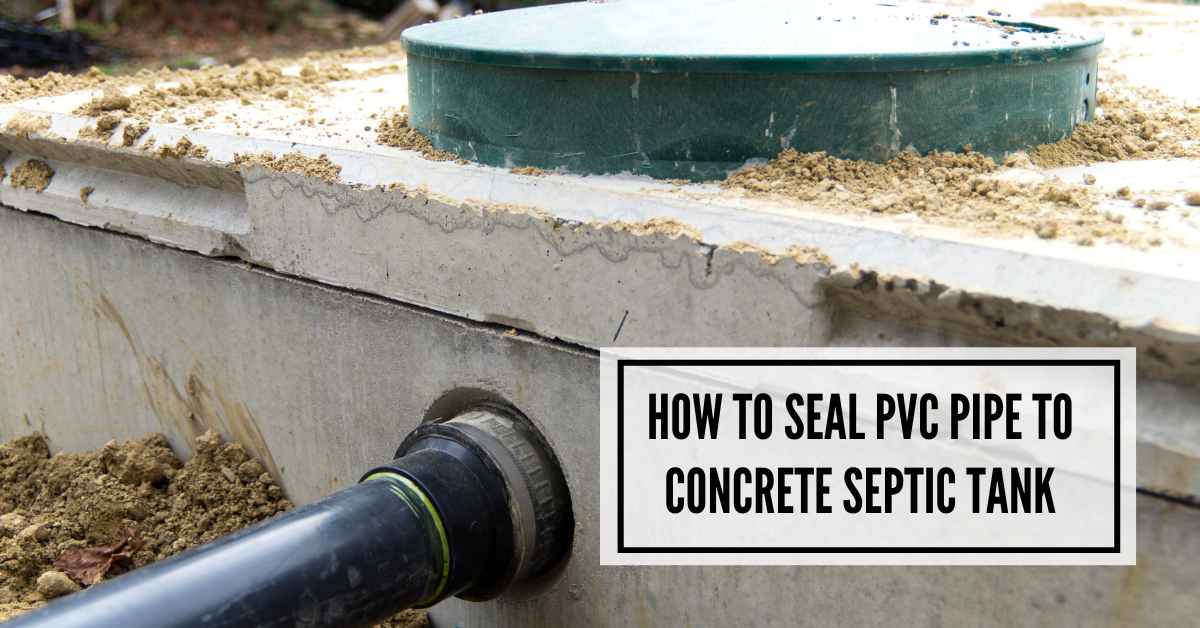
Is the PVC pipe directly leaking water into the concrete septic tank? The effectiveness of the septic system will be reduced if the soil around the PVC pipe is saturated. Creating a fully waterproof seal around the tank is necessary to prevent leakage.
But how to seal PVC pipe to concrete septic tank? Choosing a reliable sealant and correctly using the product must seal the joint between the PVC pipe and the tank. In this article, you will get a clear overview of this topic. Let’s dive in!
4 Foolproof Steps to Seal PVC Pipe to Concrete Septic Tank
A septic tank leaks water and air through the PVC pipe for various reasons, such as faulty seals, cracks or damages, improper installation, overflow, etc.
If gaps exist between the joint of the PVC pipe and the concrete septic tank, the system’s functionality will deteriorate over time.
Wondering how to seal PVC drain pipe to concrete septic tank? The following are steps to add sealant to the joint between the PVC pipe and the tank.
Step: 01—Prepare The Surface
Your first job is cleaning the outer joint area where the PVC pipe and the tank are connected. Use a fresh fabric or rag to remove dirt, debris, and moisture.
If possible, turn off the water supply leading to the septic tank. This will help you work conveniently.
Next, apply a PVC primer to clean the area intensely. It softens the surface and significantly increases the strength of sealant joints.
Make sure to wait at least 15 minutes after applying the primer. Let it dry properly. Don’t let any contaminant substances touch the primed area.
Step: 02—Apply The Sealant
Now, you can use a cementitious-based waterproofing sealant. But should you apply an elastic or rigid coating?
Temperature changes, the building’s settling, or other external factors can affect the sealant. The PVC plastic may slightly expand or contract.
An elastic coating is effective in adding flexibility for slight movements. It protects the PVC pipe from damage.
Fill the empty area between the PVC pipe and concrete septic tank with a cementitious-based waterproofing sealant.
Use a trowel to fill trowel gaps or the sealing joints. This will help you spread and shape the material evenly.
After applying the sealant appropriately, use a fresh fabric or rag to wipe away any excess PVC cement. Make sure to remove the unwanted sealant before it is fully dry.
Step: 03— Allow The Seal To Cure
Next, give the solution enough time to dry and cure appropriately. Generally, experts recommend to wait at least 24 hours.
Following the manufacturer’s instructions for proper chemical reactions, complete bonding, and optimal strength development is best.
The sealant will last longer and guarantee better effectiveness. Ensure not to add any pressure or stress to the joint until fully cured.
Step: 04— Test The Sealant
Once the sealant is cured appropriately, run water through the septic system.
Monitor the joint closely for any signs of leakage. If you still notice any leakage, add another over the existing sealant.
You can also consult a professional plumber to find out the actual problem.
What To Use To Seal PVC Pipe To Concrete Septic Tank?
When it comes to sealing PVC Pipe to a concrete septic tank, you have a lot of options to use.
i) Cementitious-based Waterproofing Sealant
Cementitious-based waterproofing sealants are the top choice when it comes to the best option to seal the joint between the PVC pipe and the septic tank.
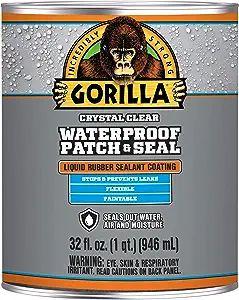
It creates a strong and durable moisture barrier. This type of coating is resistant to chemicals, abrasion, mold, cracks, and weather.
Cementitious waterproofing sealants add a seamless coating system. They can last at least ten years.
But if you have applied a high-quality option correctly, their lifespan can be 25-50 years. Make sure to wait a minimum of 12 hours. Some may take as long as 48 hours.
ii) Quick Setting Cement
Another popular sealant is quick-setting cement. It is made of gypsum, aluminum sulfate, and Portland clinker to create a rapid compressive strength on the applied area.
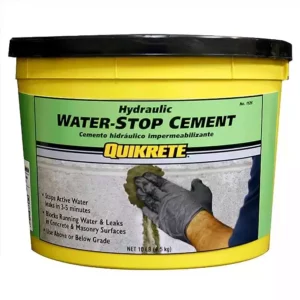
Fast-setting cements start becoming hard within five minutes. It takes only 30-40 minutes to become stone hard. Pores and cracks are less likely to occur.
This type of sealant is an ideal choice for both rainy and cold weather conditions.
iii) Epoxy Based Sealant
This type of sealant is especially a good choice for concrete septic tank sealing. They are less likely to get affected by chemicals, oil, abrasion, and grease damage.
Epoxy-based sealant is also water-repellent. Their average lifespan is ten years. But it can be as high as 20 years.
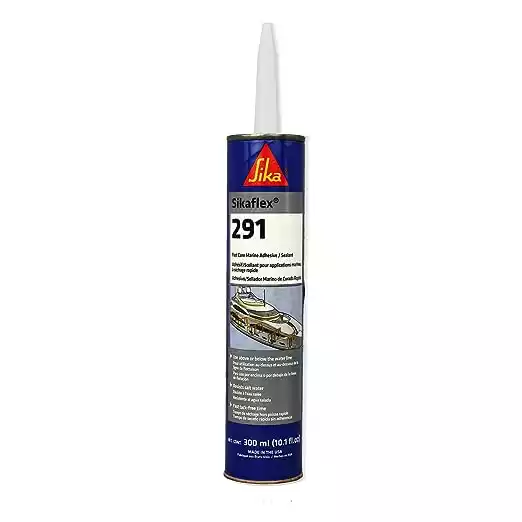
This type of sealant generally takes 12-48 hours to dry. But they take around seven days on average to cure fully.
iv) Tar Sealant
This type of sealant mainly contains 35% coal tar pitch. It creates a strong, durable, and waterproof layer.
Tar sealants form a harder coating to help against moderate-level moisture. But there are better choices against running water.
If it is only regular moisture, it can last at least twenty-five years. Please wait at least 12 hours to let it dry and cure appropriately.
Can the Same Steps Be Used to Permanently Seal a Floor Drain and PVC Pipe to a Concrete Septic Tank?
Yes, the same steps can be used to permanently seal a floor drain and PVC pipe to a concrete septic tank. It involves applying a high-quality sealant around the joints and connections to ensure a watertight bond. This prevents any leakage or seepage, maintaining the integrity of the septic system.
Bonus Maintenance Tips For Concrete Septic System
You have already learned how to seal PVC pipe to a concrete septic tank. The following are some bonus maintenance tips to ensure the proper function of the septic system in the long run.
i) Right Installation Matters!
So, how do you seal PVC pipe to concrete? Remember, improper installation will compromise the longevity and functionality of the septic system.
Hence, knowing how to connect PVC pipe to concrete septic tank is vital. Make sure to stick with the manufacturer’s guidelines to learn the correct way to install it.
ii) Don’t Neglect Regular Inspections
Concrete septic systems are long-lasting. But it doesn’t mean it will last a lifetime.
Regularly check leaks, cracks, blockages, or system failures. This will prevent costly repairs in the future and ensure proper functioning.
iii) Monitor Water Levels
Make sure the septic system is not overloading and showing any system failure.
The water level should not be too high. Otherwise, too many unwanted solids, liquids, and microbial substances will exist.
Keeping the water level normal will prevent poor treatment, potential backups, and premature failure.
iv) Say A Big NO To Heavy Loads
Do you place heavy objects or drive vehicles over the area where the sealed PVC pipe connects to the septic tank? Avoid such practices.
Otherwise, it will dislodge or break the seal, cause structural damage, and potentially crush or disrupt the pipes and components.
V) Protect from External Pressure
Excessive pressure from any landscaping equipment, construction activities, and other heavy objects can affect a concrete septic system.
Besides, maintain proper spacing between the septic tank location and trees and bushes to avert root intrusion, which could result in potential harm to the seal.
FAQ’s
Can I use any type of sealant for this project?
No, make sure the sealant is compatible with both PVC and concrete.
How often should I check the seal?
At least once a year or whenever you perform septic tank maintenance.
What if I notice a leak after sealing?
Reapply the sealant and check for other potential issues like cracks in the pipe or tank.
Can I do this project alone?
Yes, but having an extra pair of hands can be helpful, especially when aligning the pipe.
Is PVC the only type of pipe that can be used for septic systems?
No, but it is one of the most commonly used due to its durability and ease of use.
Final Words
When it comes to maintaining a leak-free and reliable septic system, you must know how to seal PVC pipe to concrete septic tank.
Use the right sealing product and adhere to the manufacturer’s instructions to get the best result. It will ensure long-lasting durability and consistent performance.

I am Robert Sandin, a professional sealing expert with a diverse range of expertise. From concrete to various other materials, I possess in-depth knowledge and experience in the art of sealing. On my website, I offer valuable tips and expert recommendations on sealing techniques and products for different materials. Whether it’s concrete, wood, metal, or more, I am committed to providing you with the guidance you need for successful sealing projects.

